以下是关于 break 语句的一些常见示例,
以下是关于 break 语句的一些常见示例,涵盖不同场景,帮助你理解它的用法和优势:
1. 基础用法:在 for 循环中提前退出
需求:在数组中查找某个值,找到后立即停止搜索。
c
#include <>
int main() {
int arr[] = {10, 20, 30, 40, 50};
int target = 30;
for (int i = 0; i < 5; i++) {
if (arr[i] == target) {
printf("Found target at index %d\n", i);
break; // 找到后立即退出循环
}
}
printf("Loop exited\n");
return 0;
}
输出:
Found target at index 2
Loop exited
2. 在 while 循环中终止无限循环
需求:等待用户输入特定值(如 0),输入后退出循环。
c
#include <stdio.h>
int main() {
展开全文int input;
while (1) { // 无限循环
printf("Enter a number (0 to exit): ");
scanf("%d", &input);
if (input == 0) {
printf("Exiting loop\n");
break; // 输入 0 时退出循环
}
}
return 0;
}
输出示例:
Enter a number (0 to exit): 5
Enter a number (0 to exit): 10
Enter a number (0 to exit): 0
Exiting loop
3. 在嵌套循环中退出多层循环
需求:在二维数组中查找某个值,找到后立即停止搜索。
c
#include <stdio.h>
int main() {
int matrix[3][3] = {
{1, 2, 3},
{4, 5, 6},
{7, 8, 9}
};
int target = 5;
int found = 0;
for (int i = 0; i < 3; i++) {
for (int j = 0; j < 3; j++) {
if (matrix[i][j] == target) {
printf("Found target at (%d, %d)\n", i, j);
found = 1;
break; // 退出内层循环
}
}
if (found) break; // 退出外层循环
}
return 0;
}
输出:
Found target at (1, 1)
4. 避免冗余操作
需求:处理一系列任务,当遇到错误任务时停止处理。
c
#include <stdio.h>
int main() {
int tasks[] = {1, 2, 0, 4, 5}; // 0 表示错误任务
for (int i = 0; i < 5; i++) {
if (tasks[i] == 0) {
printf("Error encountered, stopping tasks\n");
break; // 遇到错误时停止处理
}
printf("Processing task %d\n", tasks[i]);
}
return 0;
}
输出:
Processing task 1
Processing task 2
Error encountered, stopping tasks
5. 在 switch 语句中退出
需求:根据用户输入执行不同操作,输入 0 时退出程序。
c
#include <stdio.h>
int main() {
int choice;
while (1) {
printf("Enter a choice (1-3, 0 to exit): ");
scanf("%d", &choice);
switch (choice) {
case 1:
printf("You chose option 1\n");
break; // 退出当前 case
case 2:
printf("You chose option 2\n");
break;
case 3:
printf("You chose option 3\n");
break;
case 0:
printf("Exiting program\n");
goto exit_program; // 或者直接用 break 退出外层循环(需调整逻辑)
}
}
exit_program:
return 0;
}
输出示例:
Enter a choice (1-3, 0 to exit): 1
You chose option 1
Enter a choice (1-3, 0 to exit): 3
You chose option 3
Enter a choice (1-3, 0 to exit): 0
Exiting program
6. 模拟复杂逻辑的简化
需求:在一个循环中,当满足多个条件时退出。
c
#include <stdio.h>
int main() {
for (int i = 1; i <= 10; i++) {
if (i == 3) {
printf("Skipping special case i = %d\n", i);
continue; // 跳过当前迭代(可选,仅作对比)
}
if (i == 7) {
printf("Breaking at i = %d\n", i);
break; // 提前退出循环
}
printf("Processing i = %d\n", i);
}
printf("Loop exited\n");
return 0;
}
输出:
Processing i = 1
Processing i = 2
Skipping special case i = 3
Processing i = 4
Processing i = 5
Processing i = 6
Breaking at i = 7
Loop exited
总结
break 的核心作用:立即终止当前循环或 switch 语句,避免不必要的迭代或操作。
适用场景:
查找某个值后立即停止搜索。
遇到错误或特定条件时退出循环。
在嵌套循环中退出多层循环。
简化复杂逻辑,避免冗余计算。
通过这些示例,你可以看到 break 在不同场景下的灵活性和高效性。希望这些例子能帮助你更好地理解和使用 break!


